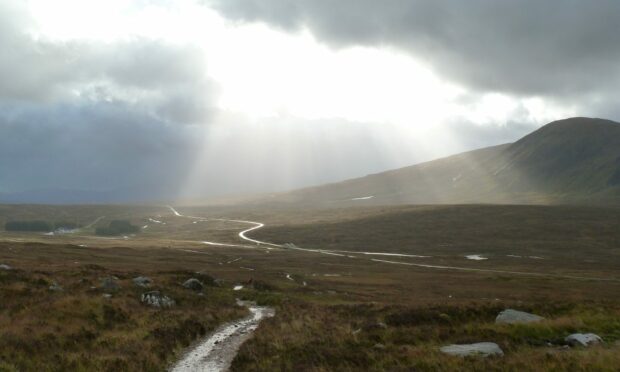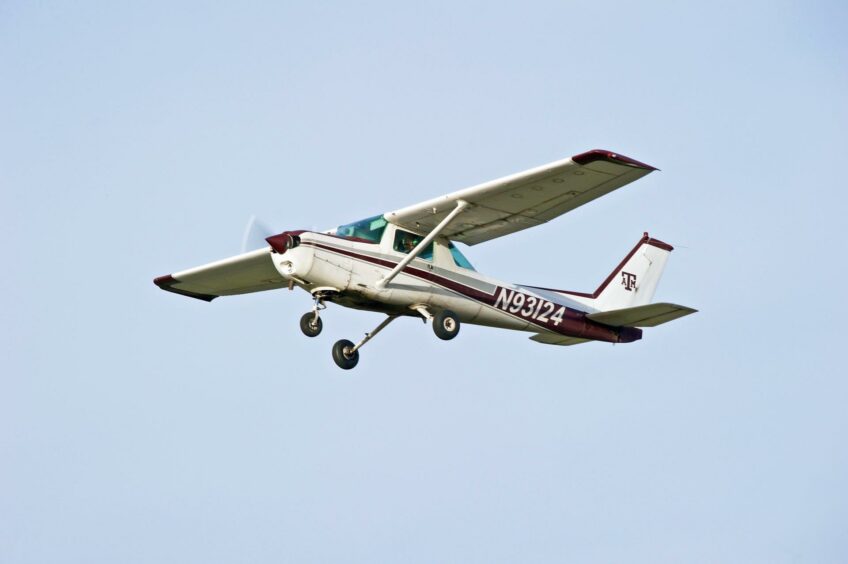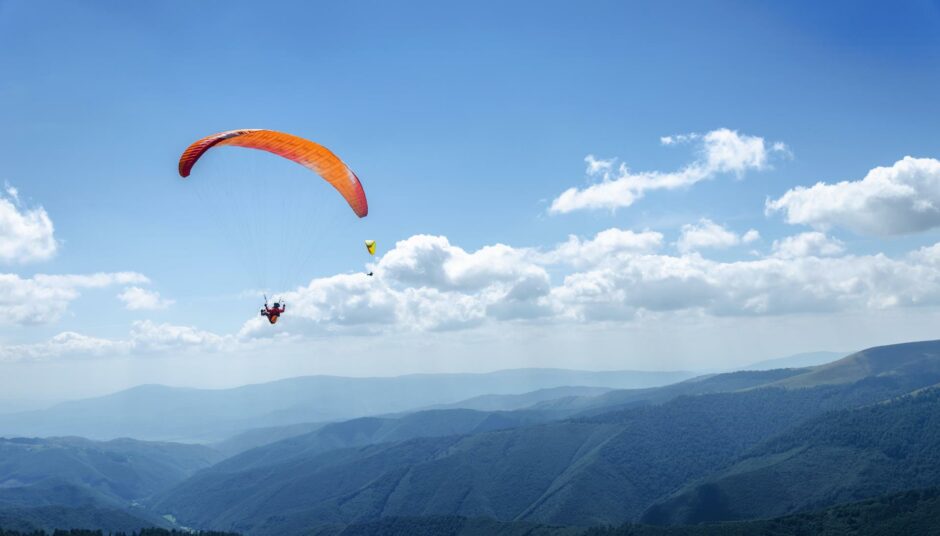A mid-air collision over a Highland beauty spot was avoided with only three seconds to spare, an investigation has heard.
A Cessna 152 (C152) pilot who swerved to miss a paraglider in the sky above Glencoe Mountain Resort took the necessary action to avoid a serious accident, Airprox investigators said.
It happened on August 25 last year at around 6.20pm.
In a report published by the UK Airprox board, investigators said while the operator of the paraglider said there was a “high” risk of a serious collision, it believed the pilot had avoided a crash.
Verification of the proximity of the craft was unable to take place due to lack of radar in the area.
Airprox were first alerted to the incident when a paraglider pilot reported what was described as a “near miss”.
It involved a lime-green paraglider which was at 3,000ft and a white C152 two-seater aircraft.
The paraglider pilot said the C152 pilot didn’t see them until just before a potential strike, saying it was “maybe three seconds” before impact.
The paraglider pilot claimed that both aircraft were at the same altitude, around 3000ft.
The paraglider was close enough to the C152 as to be able to see its pilot.
The paraglider pilot said: “The other pilot did not appear to be looking in the direction [of the paraglider] and no avoiding action was taken”. So, the paraglider presumed it had not been seen.
‘Three second’ window to take action
On the other hand, the pilot of the C152 described the risk of collision as “low”. The C152 pilot noticed the other aircraft at a similar height, heading roughly north west.
The C152 pilot said it “banked to the left after seeing the paraglider.”
While C152s have to record their flight path with authorities, paragliders do not have to do the same. So the pilot was unaware that the paraglider was operating in the area.
In the report the C152 pilot said: “At the closest point there was approximately 800ft separation.”
The incident was investigated by Nats – the main navigation provider in the UK.
It heard evidence from the British Handgliding and Paragliding Association (BHPA).
The BHPA said: “The paraglider and C152 pilots shared an equal responsibility for collision avoidance and not to operate in such proximity to other aircraft as to create a collision hazard.
“The BHPA believes luck more than judgement prevented the outcome of this incident from being more serious as, according to the C152 pilot’s account, it appears that they saw the other aircraft and simultaneously initiated a turn.
“Nevertheless, the distance to the paraglider pilot was worryingly small.”
The BHPA added: “The paraglider pilot was using their hearing and eyesight to eventually spot the C152, but with the amount of time left – three seconds – until a potential mid-air collision, and a paraglider’s limited speed and manoeuvrability, they were acutely aware that they would probably not have been able to prevent a collision.”
The Airprox board met online to discuss the incident, and the subsequent investigation.
Safety was ‘reduced’
Airprox members concluded: “Members noted the paraglider pilot had assessed the risk of collision to be ‘high’, whilst the C152 pilot had reported sighting the paraglider early enough to take avoiding action and had assessed the risk of collision as ‘low’.
“Considering the superior manoeuvrability of the C152 and the pilot reporting being visual with the paraglider, the board concluded that there had been no risk of collision but that safety had been reduced.
“Consequently, the board assigned a risk category ‘C’ to this event.”
Category C is marked as “no risk of collision: aircraft proximity in which no risk of collision has existed or risk was averted”.


